Laurence Tognetti, MSc
Laurence Tognetti is a six-year USAF Veteran with extensive journalism, science communication, and planetary science research experience for various outlets. He specializes in space and astronomy and is the author of “Outer Solar System Moons: Your Personal 3D Journey”. Follow him on X (Twitter) and Instagram @ET_Exists.
You can email Laurence for article inquiries or if you're interested in showcasing your research to a global audience.
Recent Articles
-
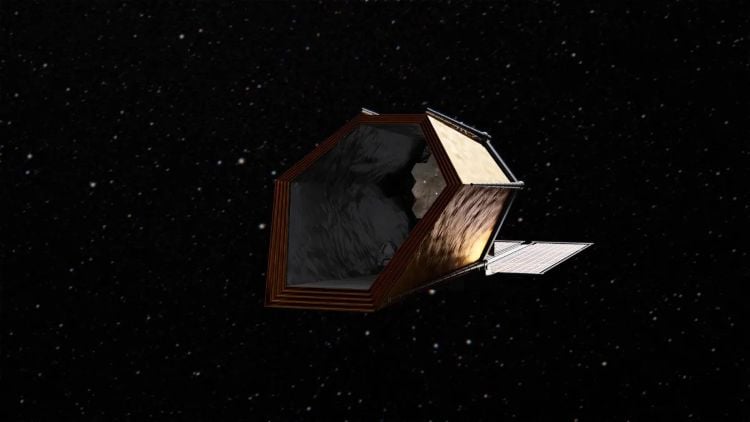
-
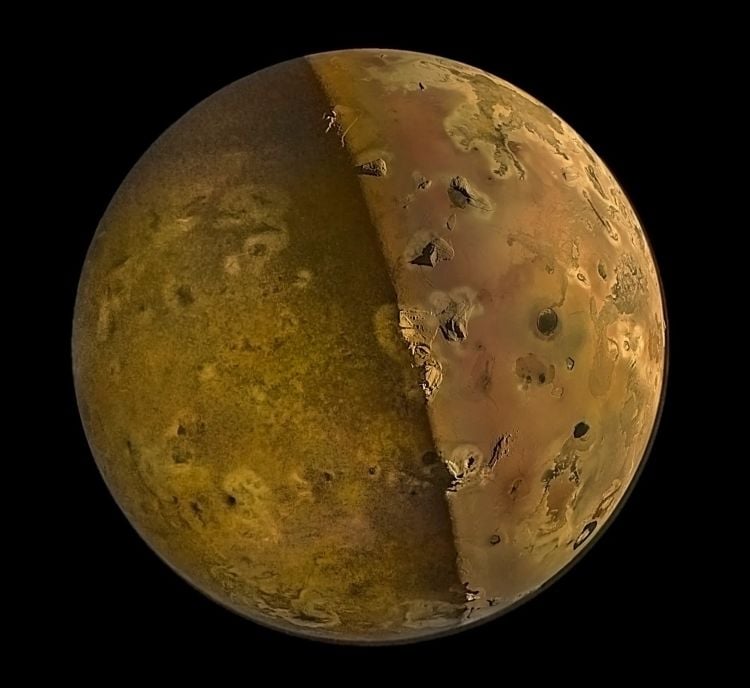
Surveying Io’s Surface with the UNAGI Lander
September 30, 2025What type of lander could touch down on Jupiter’s volcanic moon, Io? This is what a recent paper presented at the AIAA 2025 Regional Student Conference hopes to address as a team of student engineers from Spartan Space Systems at San Jose State University investigated a novel concept for landing a spacecraft in Io, which is the most volcanically active planetary body in the solar system. This study has the potential to help scientists and engineers develop new mission concepts from all levels of academia and industry.
-
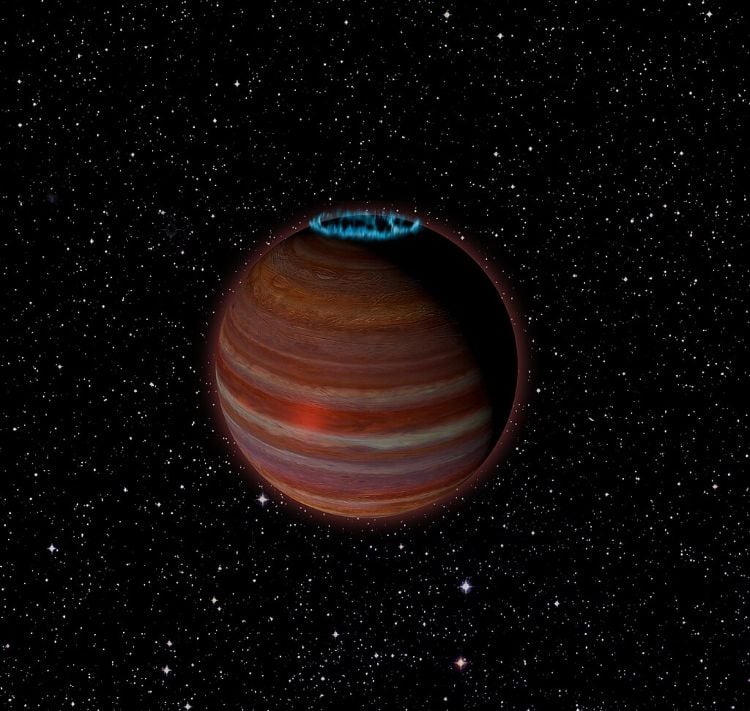
James Webb Spots Intense Auroras on Nearby Rogue Planet
September 27, 2025What can auroras on a rogue planet teach astronomers about planetary formation and evolution? This is what a recent study published in Astronomy & Astrophysics hopes to address as an international team of researchers investigated the atmospheric composition of a nearby rogue planet, including its atmospheric temperature and auroras. This study has the potential to help astronomers better understand rogue planets, along with additional planetary atmospheric formation and evolutionary traits.
-
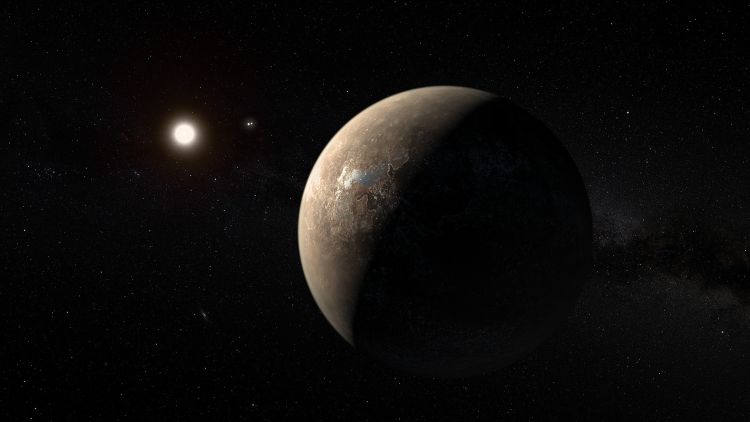
Constraining Proxima b’s Atmosphere, Orbit, and Albedo with RISTRETTO
September 27, 2025What new methods can be employed to help astronomers distinguish the light from an exoplanet and its host star so the former’s atmosphere can be better explored? This is what a recent study accepted to Astronomy & Astrophysics hopes to address as an international team of researchers investigated how a novel and proposed telescopic instrument that could be capable of characterizing exoplanet atmospheres in new and exciting ways. This study has the potential to help scientists develop novel tools for examining exoplanets and whether they could possess life as we know it, or even as we don’t know it.
-
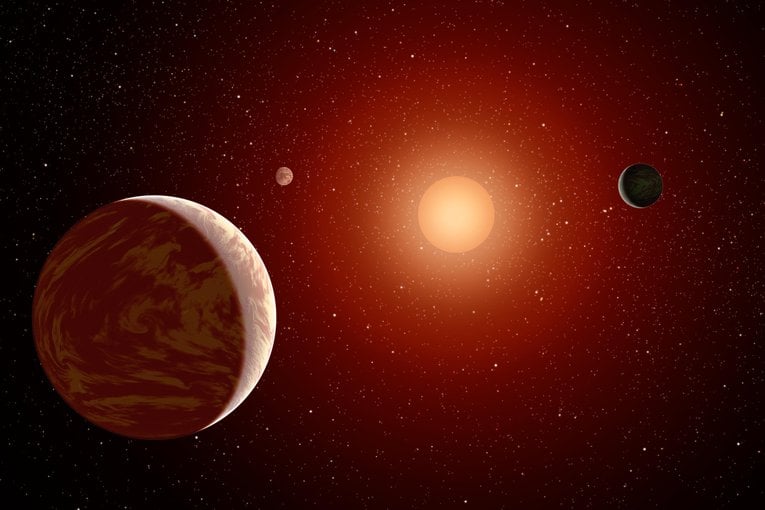
Warm Exo-Titans as a Test of Planetary Atmospheric Diversity
September 25, 2025What can exoplanets orbiting M-dwarf stars teach scientists about planetary formation and evolution? This is what a recent study submitted to the American Astronomical Society journals hopes to address as a team of researchers investigated the possibility of exo-Titans, exoplanets with atmospheres comprised of nitrogen and methane like Saturn’s moon Titan, orbiting M-dwarf stars, which are smaller and cooler than our Sun. this study has the potential to help scientists better understand the formation and evolution of exoplanets orbiting M-dwarf stars and whether they could possess life as we know it.
-
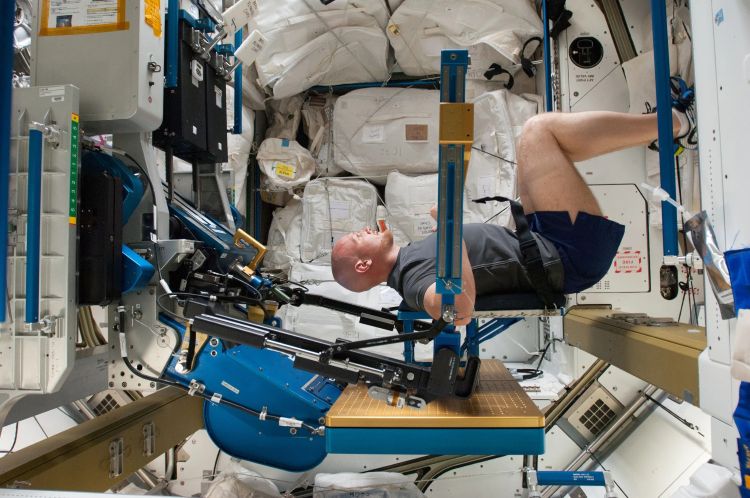
Spaceflight as a Model for Studying Age-Related Muscle Decline
September 24, 2025How does spaceflight influence sarcopenia, which is a common age-related muscle decline, specifically for elder adults? This is what a recent study published in Stem Cell Reports hopes to address as a team of researchers investigated how microgravity influences muscle cell function. This study has the potential to help scientists, mission planners, astronauts, and the public better understand the long-term health impacts of microgravity on muscle decline and the steps that can be taken to mitigate it.
-
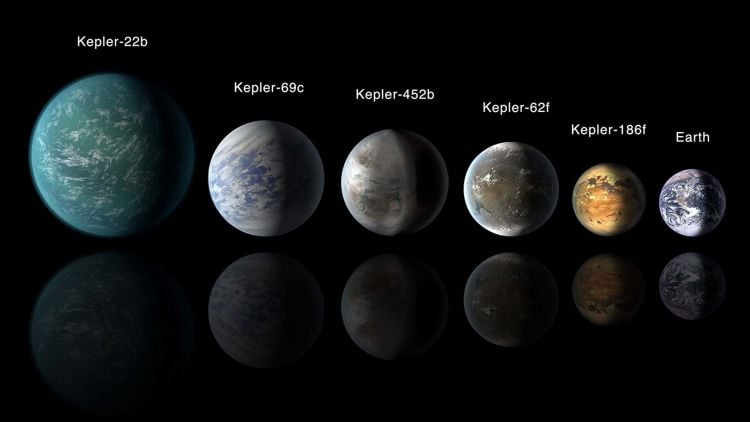
Photochemistry and Climate Modeling of Earth-like Exoplanets
August 31, 2025What role can the relationship between oxygen (O2) and ozone (O3) in exoplanet atmospheres have on detecting biosignatures? This is what a recent study submitted to Astronomy & Astrophysics hopes to address as an international team of researchers investigated novel methods for identifying and analyzing Earth-like atmospheres. This study has the potential to help scientists develop new methods for identifying exoplanet biosignatures, and potentially life as we know it.
-
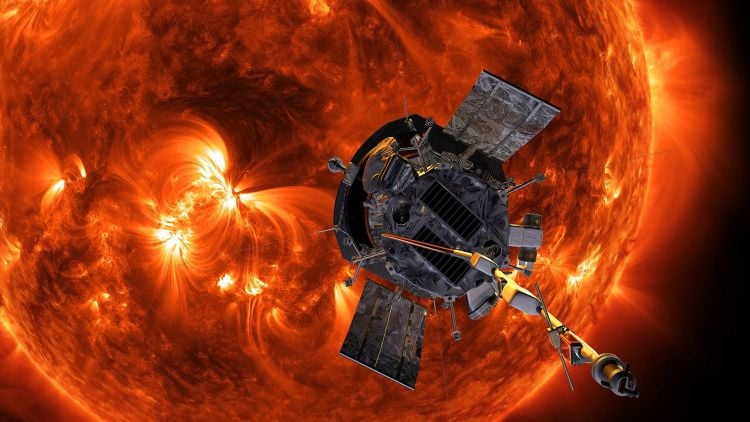
New Insights into Coronal Heating and Solar Wind Acceleration
August 30, 2025What processes are responsible for our Sun’s solar wind, heat, and energy? This is what a recent study published in Physical Review X hopes to address as a team of researchers presented evidence for a newly discovered type of barrier that the Sun exhibits that could help explain the transfer of energy to heat within the Sun’s outer atmosphere. This study has the potential to help scientists better understand the underlying mechanisms for what drives our Sun and what this could mean for learning about other suns throughout the cosmos.
-
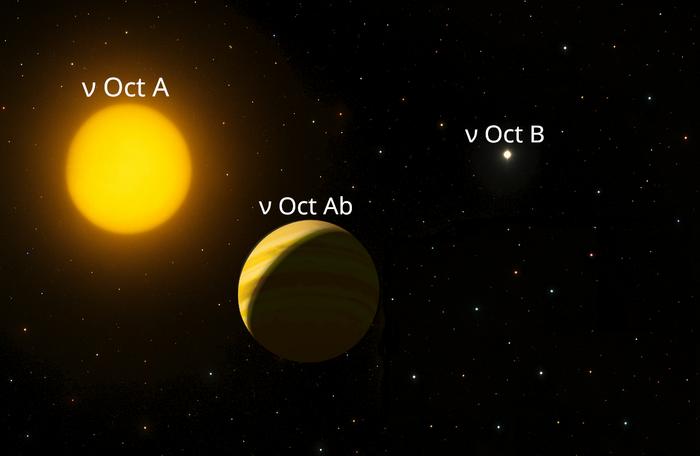
Binary Star Evolution as a Driver of Planet Formation
August 30, 2025What can binary star systems teach astronomers about the formation and evolution of planets orbiting them? This is what a recent study published in Nature hopes to address as a team of scientists investigated past studies that claimed a specific binary star system could host a planet demonstrating a retrograde orbit, meaning it orbits in the opposite direction of the star’s rotation. This study has the potential to help scientists better understand binary and multiple star systems, specifically the formation and evolution of their planets and what this could mean for finding life beyond Earth.
-
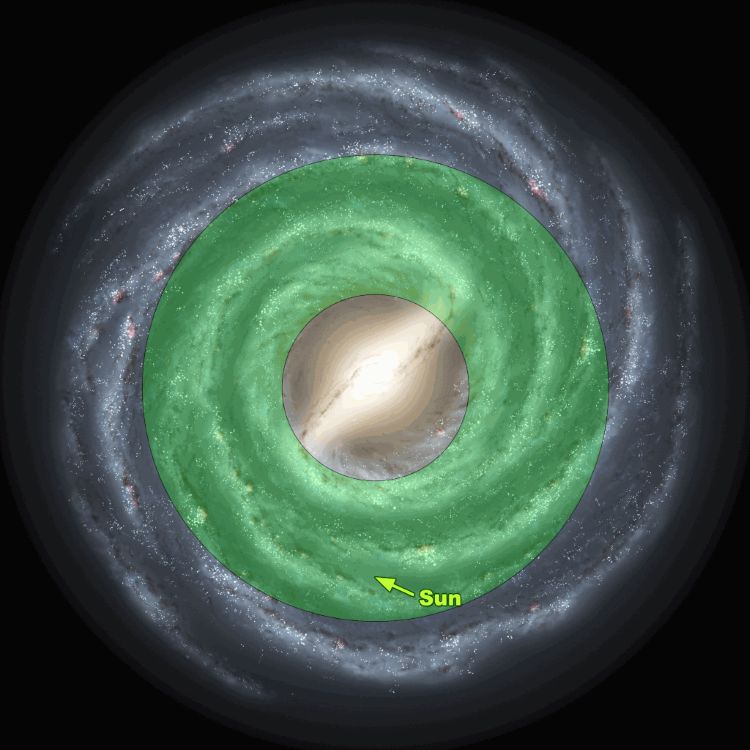
Habitable Planet Potential Increases in the Outer Galaxy
August 29, 2025What can the Galactic Habitable Zone (GHZ), which is a galaxy’s region where complex life is hypothesized to be able to evolve, teach scientists about finding the correct stars that could have habitable planets? This is what a recent study accepted for publication in Astronomy & Astrophysics hopes to address as an international team of researchers investigated a connection between the migration of stars, commonly called stellar migration, and what this could mean for finding habitable planets within our galaxy. This study has the potential to help scientists better understand the astrophysical parameters for finding habitable worlds beyond Earth and even life as we know it.
-
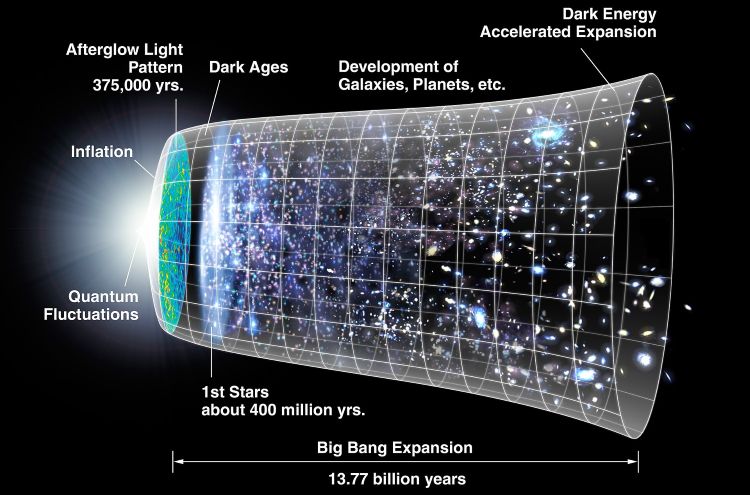
A New Theory of the Universe’s Origins Without Inflation
August 28, 2025How exactly did the universe start and how did these processes determine its formation and evolution? This is what a recent study published in Physical Review Research hopes to address as a team of researchers from Spain and Italy proposed a new model for the events that transpired immediately after the birth of the universe. This study has the potential to challenge longstanding theories regarding the exact processes that occurred at the beginning of the universe, along with how these processes have governed the formation and evolution of the universe.
-
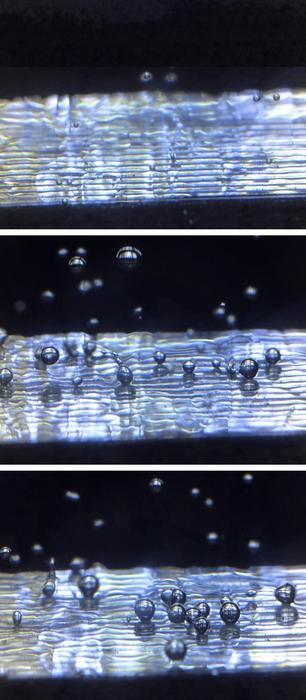
Parabolic Flights to Test Electrolyzer for Future Moon and Mars Missions
August 27, 2025What can parabolic flights teach scientists and engineers about electrolyzers and how the latter can help advance human missions to the Moon and Mars? This is the goal of a recent grant awarded to the Mars Atmospheric Reactor for Synthesis of Consumables (MARS-C) project, which is sponsored by the Southwest Research Institute (SwRI) and The University of Texas at San Antonio (UTSA). The $500,000 award for this research is part of NASA’s TechLeap Prize program with the goal of testing experimental electrolyzer technology that can be used for future missions.
-
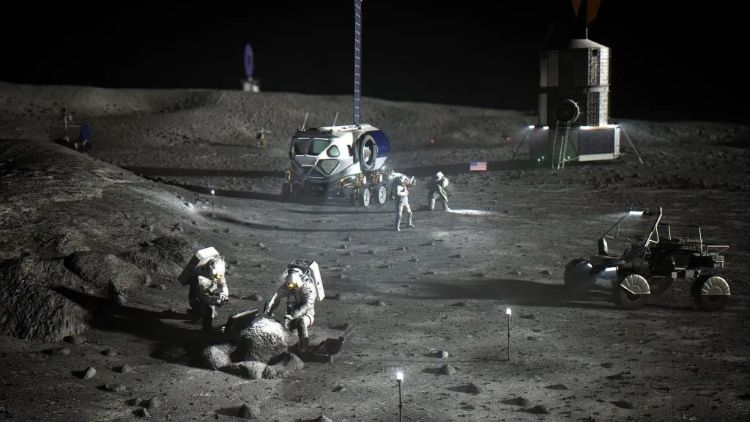
Advancing Lunar Habitats with Thermoelectric Power Generation
August 24, 2025How can thermoelectric generators (TEGs) help advance future lunar surface habitats? This is what a recent study published in Acta Astronautica hopes to address as a team of researchers from the Republic of Korea investigated a novel technique for improving power efficiency and reliability under the Moon’s harsh conditions. This study has the potential to help mission planners, engineers, and future astronauts develop technologies necessary for deep space human exploration to the Moon and beyond.
-
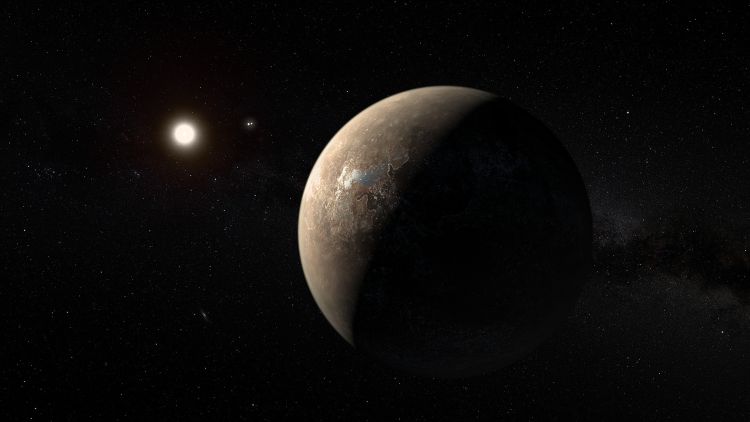
Tidal Forces and Orbital Evolution of Habitable Zone Planets
August 20, 2025How do tidal forces determine a planet’s orbital evolution, specifically planets in the habitable zone? This is what a recently submitted study hopes to address as an international team of researchers investigated how tidal forces far more powerful than experienced on Earth could influence orbital evolution of habitable zone planets with highly eccentric orbits around low-mass stars. This study has the potential to help researchers better understand the formation and evolution of exoplanets, specifically regarding where we could find life beyond Earth.
-
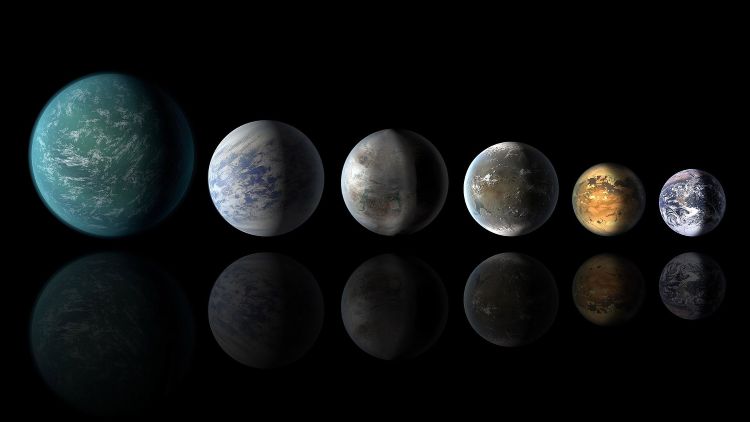
Why Land Detection Is Critical for Confirming Exoplanetary Life
July 30, 2025How can identifying land on exoplanets help scientists better understand whether an exoplanet could harbor life? This is what a recently submitted study hopes to address as a team of researchers investigated how identifying land on exoplanets could help dispel waterworld false positives, which occur when the data indicates an exoplanet contains deep oceans (approximately 50 Earth oceans), hence the name “waterworld”. This study has the potential to help scientists develop more efficient methods for classifying exoplanets and their compositions, specifically regarding whether they contain life as we know it, or even as we don’t know it.
-
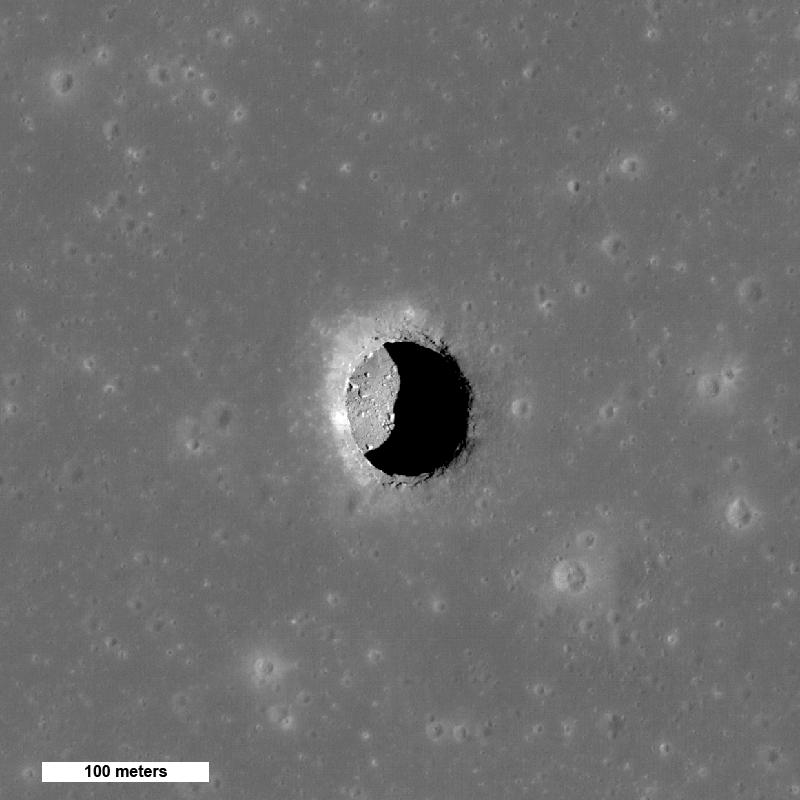
AI Uncovers Subsurface Entrances on the Moon
July 30, 2025How can artificial intelligence (AI) be used to locate lunar pits and skylights, which are surface depressions and openings, respectively, that serve as entrances to lava caves and lava tubes? This is what a recent study published in Icarus hopes to address as an international team of researchers investigated using machine learning algorithms to more efficiently identify pits and skylights on lunar volcanic regions (lunar maria) of the Moon. This study has the potential to help researchers develop new methods in identifying key surface features on planetary bodies that could aid in both robotic and human exploration.
-
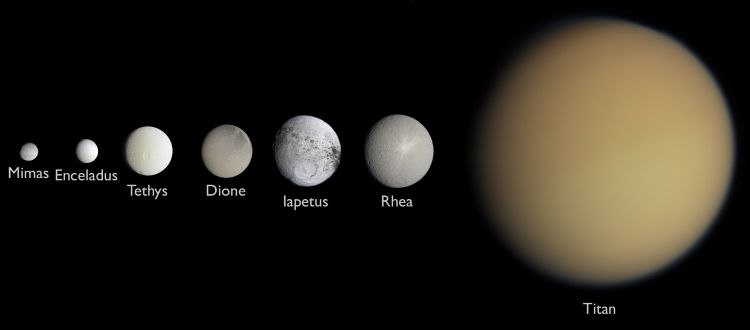
JWST Reveals Four Distinct CO₂ Types on Saturn’s Moons
July 29, 2025What can carbon dioxide (CO₂) on Saturn’s moons teach scientists about their formation and evolution? This is what a recent study submitted to The Planetary Science Journal hopes to address as a team of researchers investigated the different types of CO₂ that exist on several of Saturn’s mid-sized moons. This study has the potential to help scientists better understand the existence of CO₂ on planetary bodies and what this could mean for their formation and evolution, and potentially whether they could possess life as we know it.
-
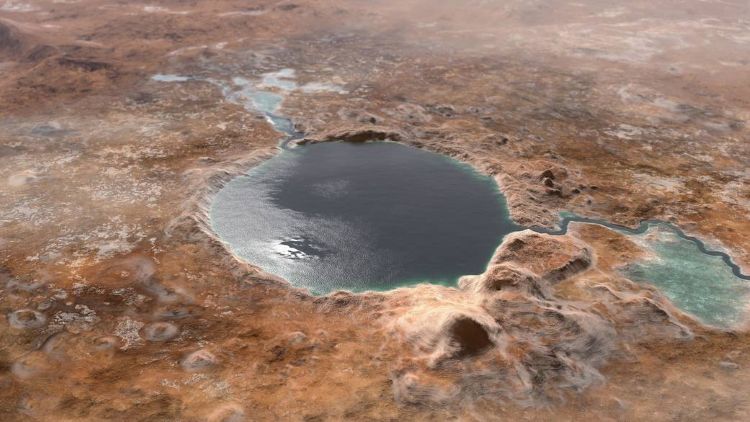
Mars' Seasonal Frost Could Briefly Host Liquid Water
July 26, 2025What can brine (extra salty) water teach scientists about finding past, or even present, life on Mars? This is what a recent study published in Communications Earth & Environment hopes to address as a researcher from the University of Arkansas investigated the formation of brines using 50-year-old data. This study has the potential to help researchers better understand how past data can be used to gain greater insights on the formation and evolution of surface brines on the surface of Mars.
-

Astronaut Fitness Gets a Boost with Adaptive Harness Design
July 23, 2025What new exercise methods can be devised for astronauts in space under microgravity conditions? This is what a recent study conducted submitted to the 2025 Technology Collaboration Center’s (TCC) Wearables Workshop and University Challenge hopes to address as a team of Rice University engineering students developed a new type of space exercise harness that could make exercising under microgravity easier and more comfortable.
-
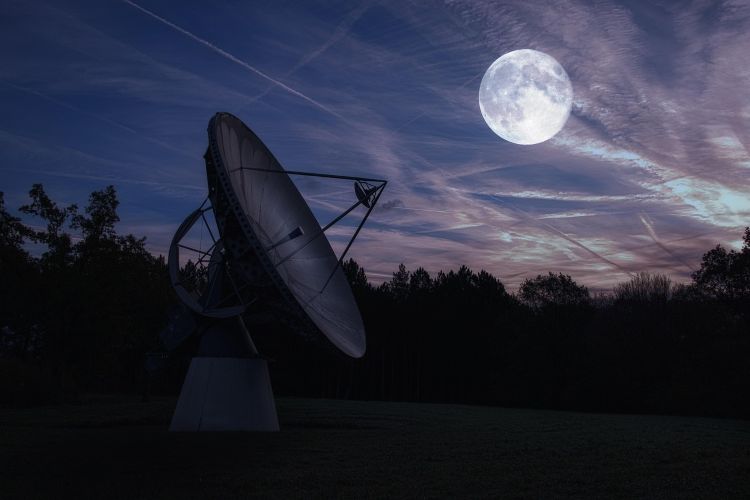
Reviving SETI with High-Energy Astronomy
July 06, 2025What new methods can be developed in the search for extraterrestrial intelligence (SETI)? This is what a recent white paper submitted to the 2025 NASA Decadal Astrobiology Research and Exploration Strategy (DARES) Request for Information (RFI) hopes to address as a pair of researchers from the Breakthrough Listen project and Michigan State University discussed how high-energy astronomy could be used for identifying radio signals from an extraterrestrial technological civilization, also called technosignatures. This study has the potential to help SETI and other organizations develop novel techniques for finding intelligent life beyond Earth.
 Universe Today
Universe Today